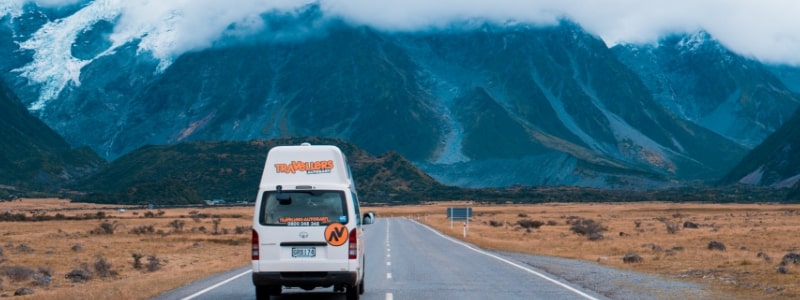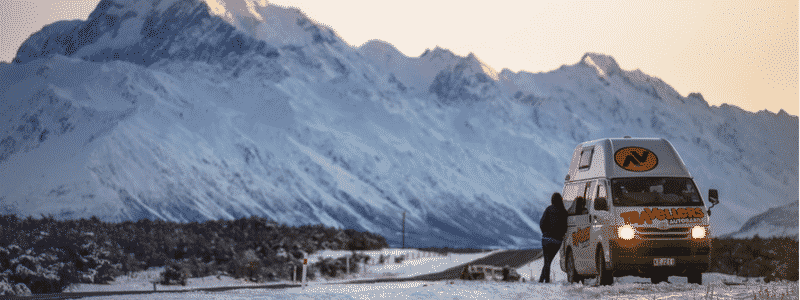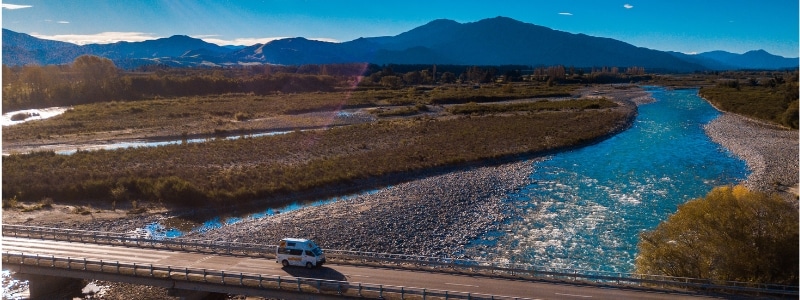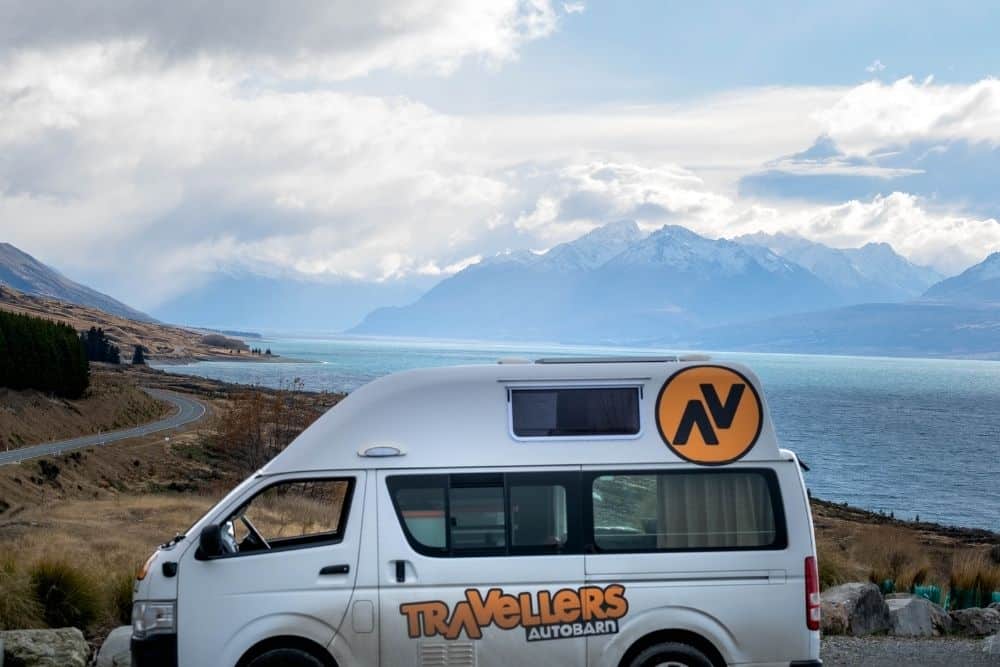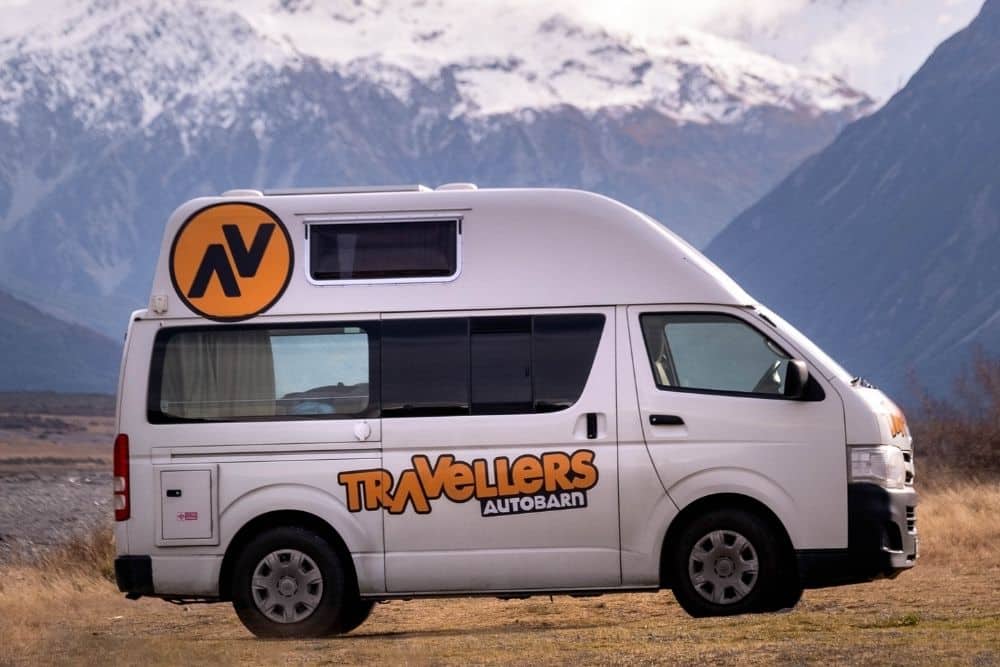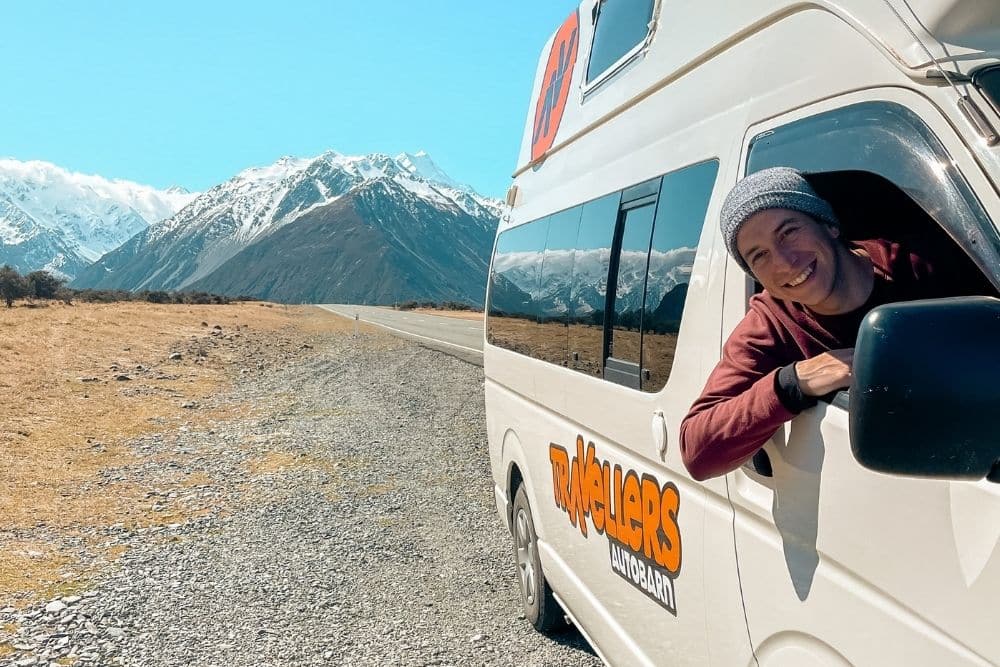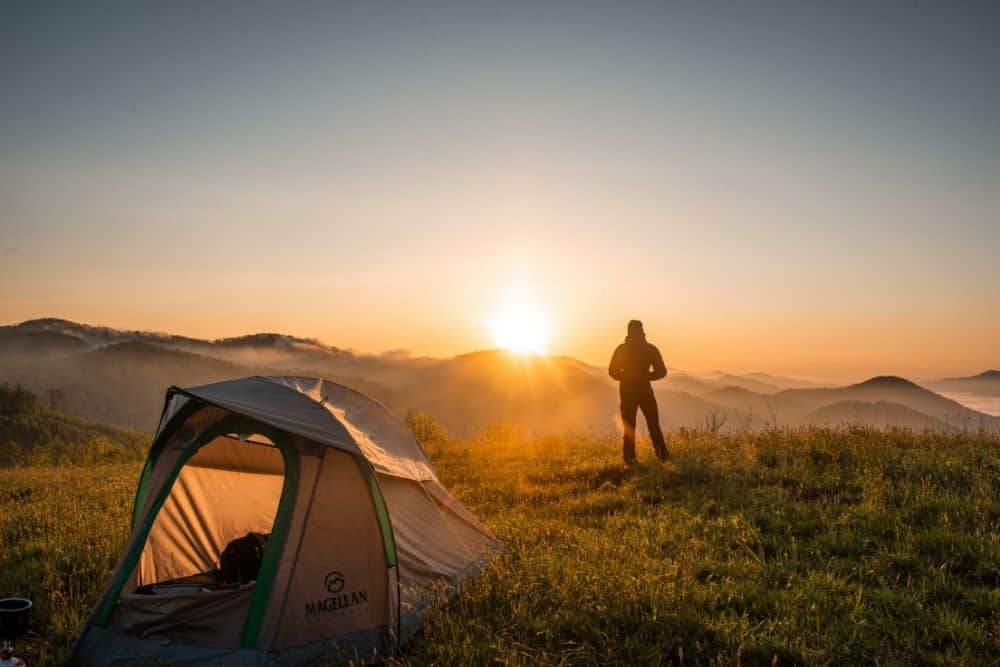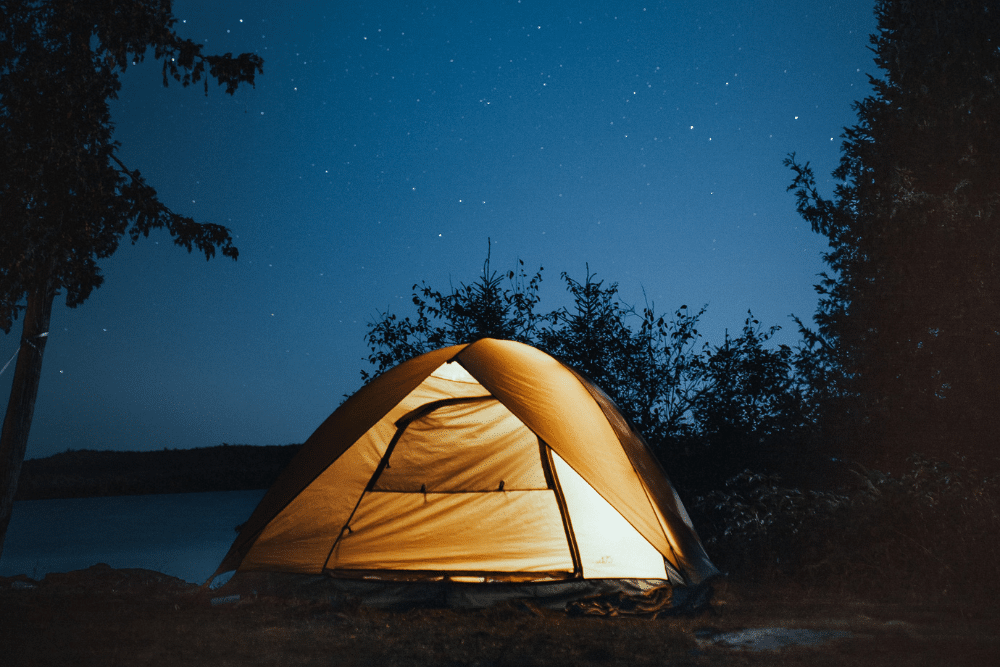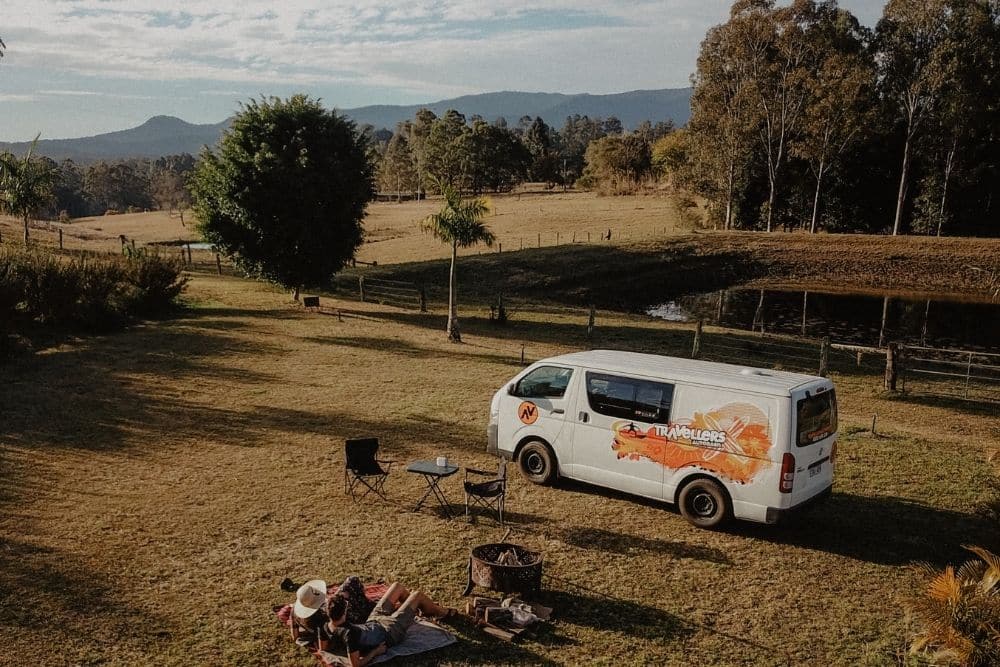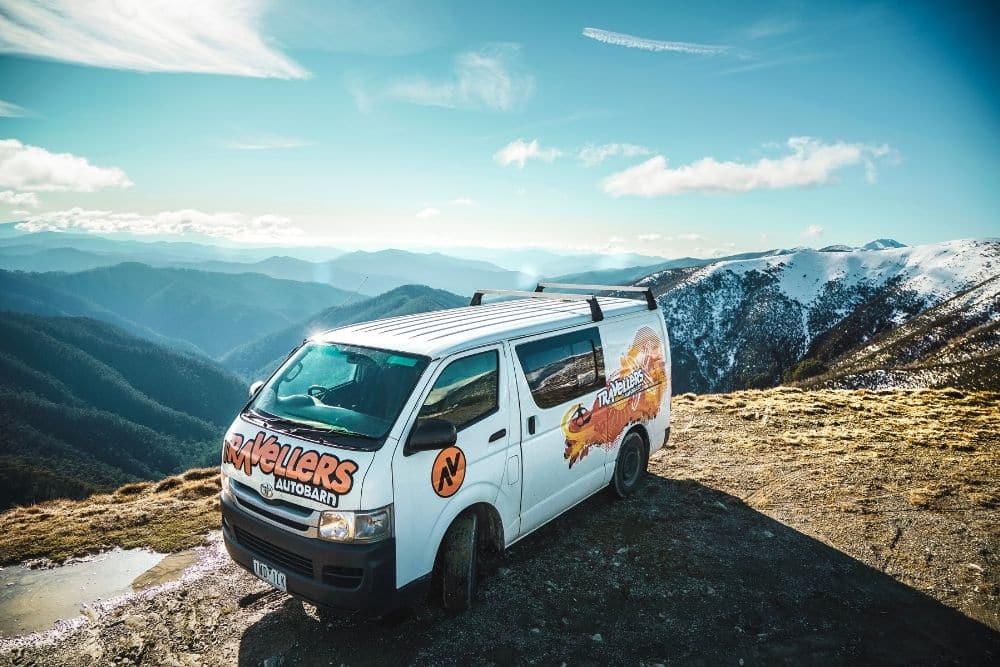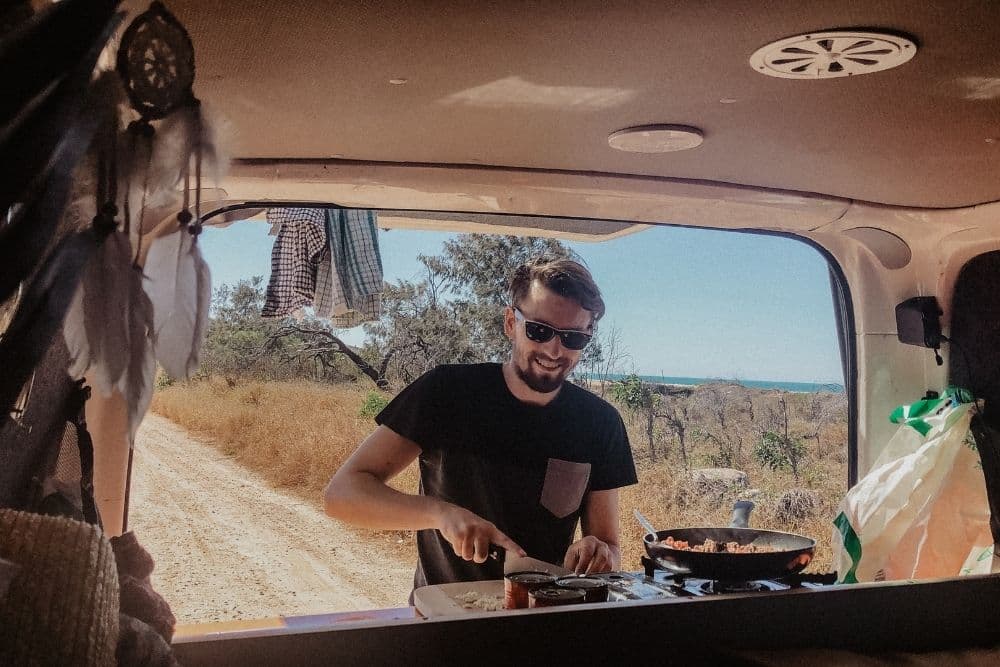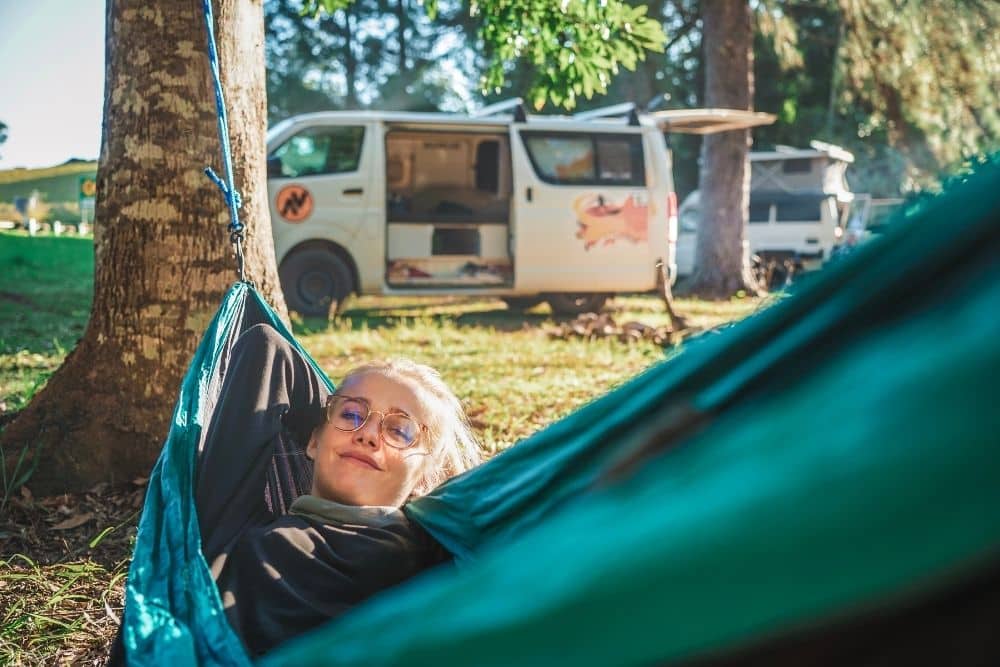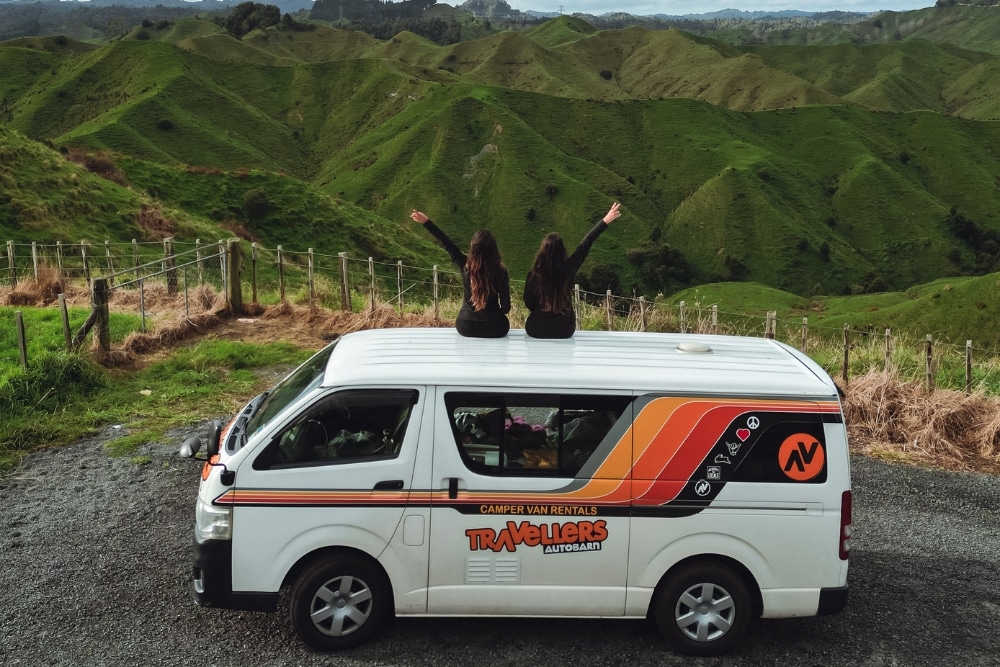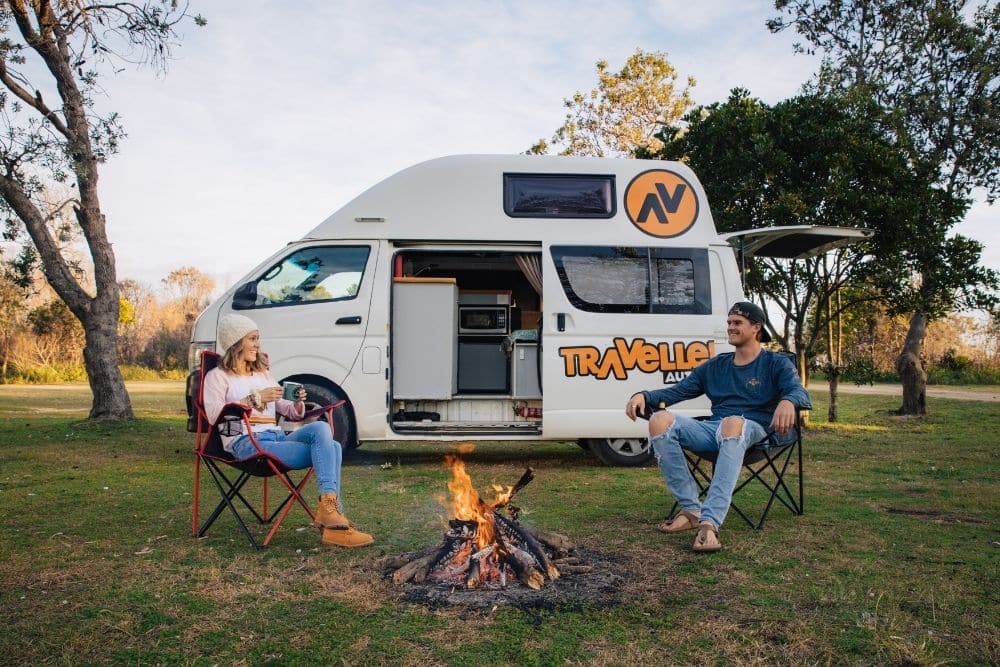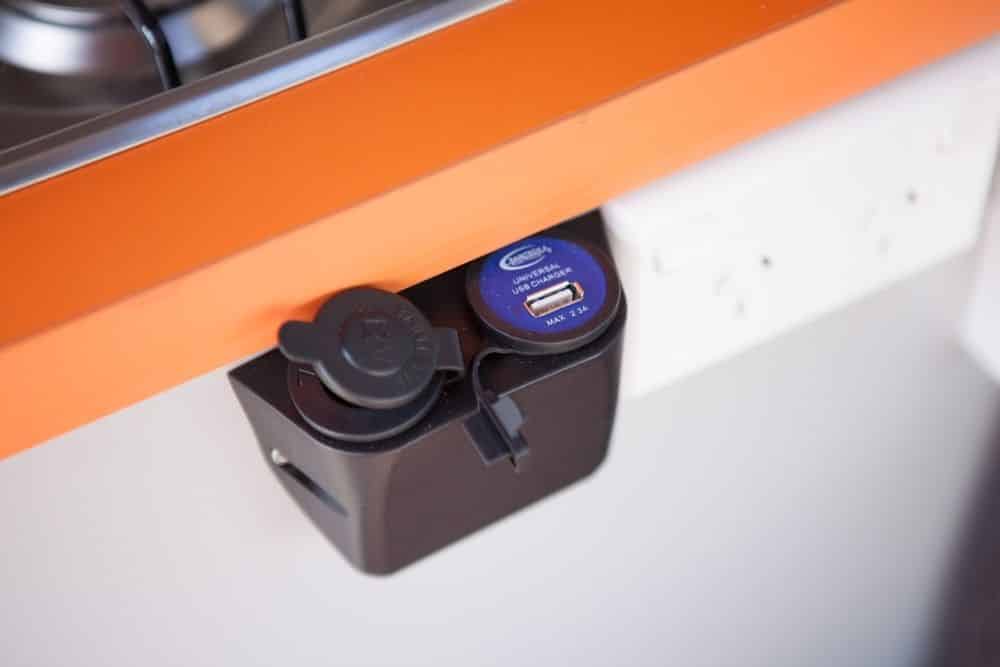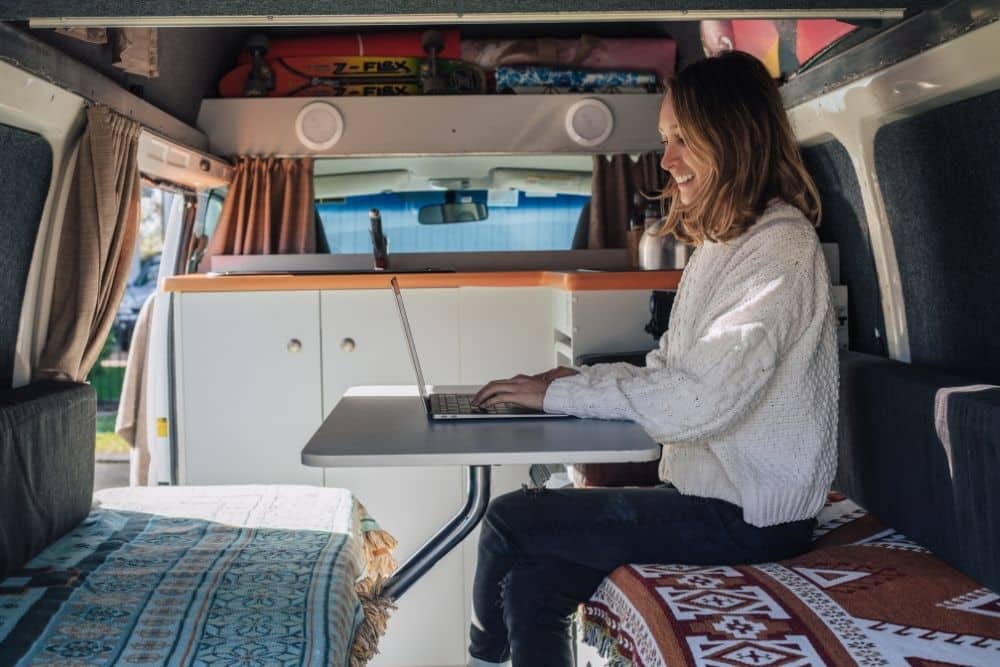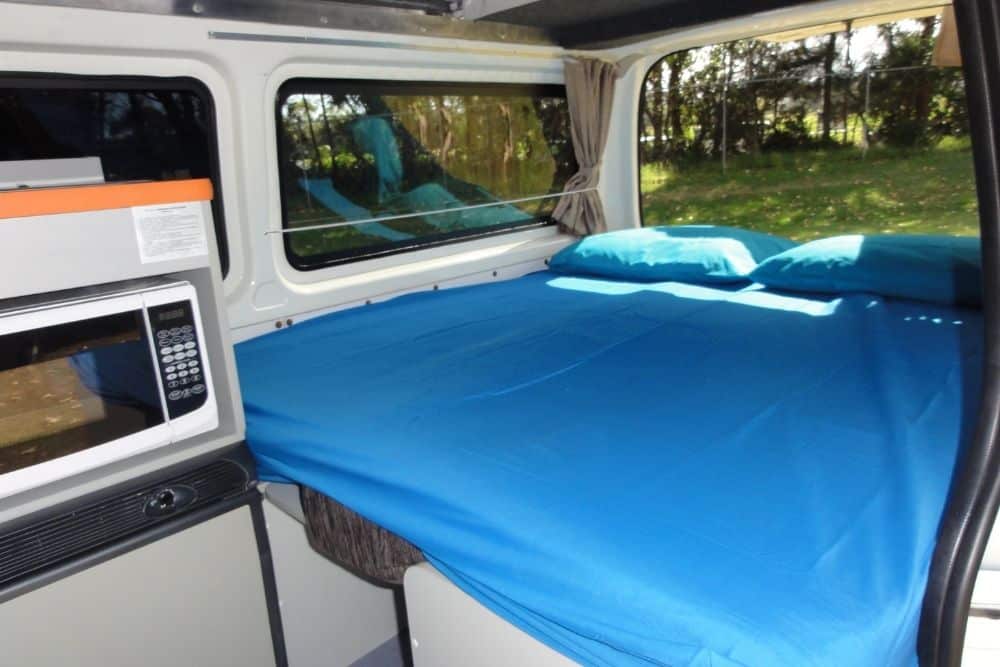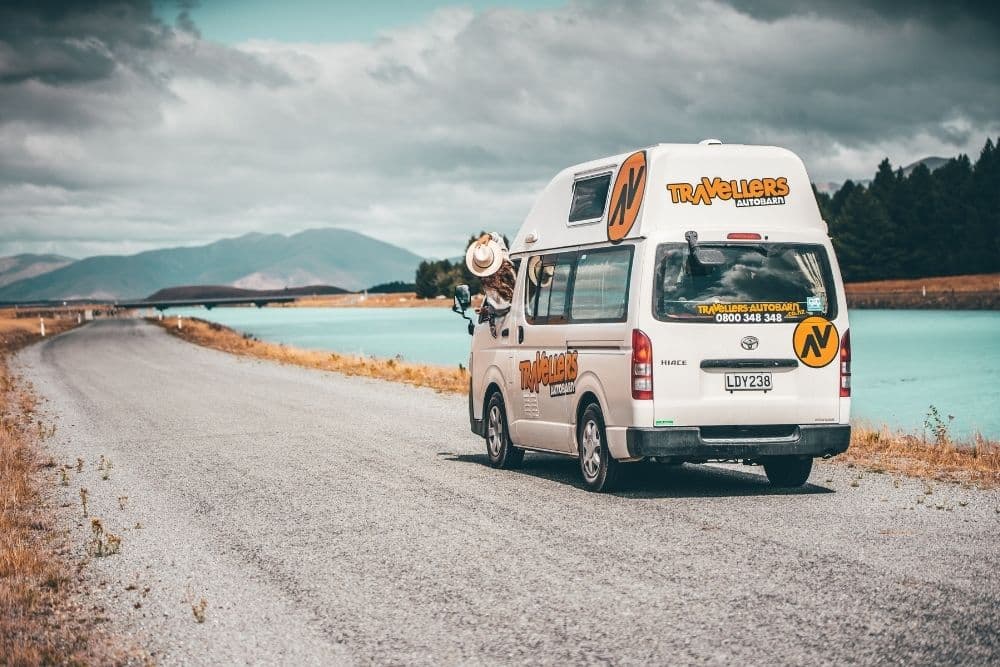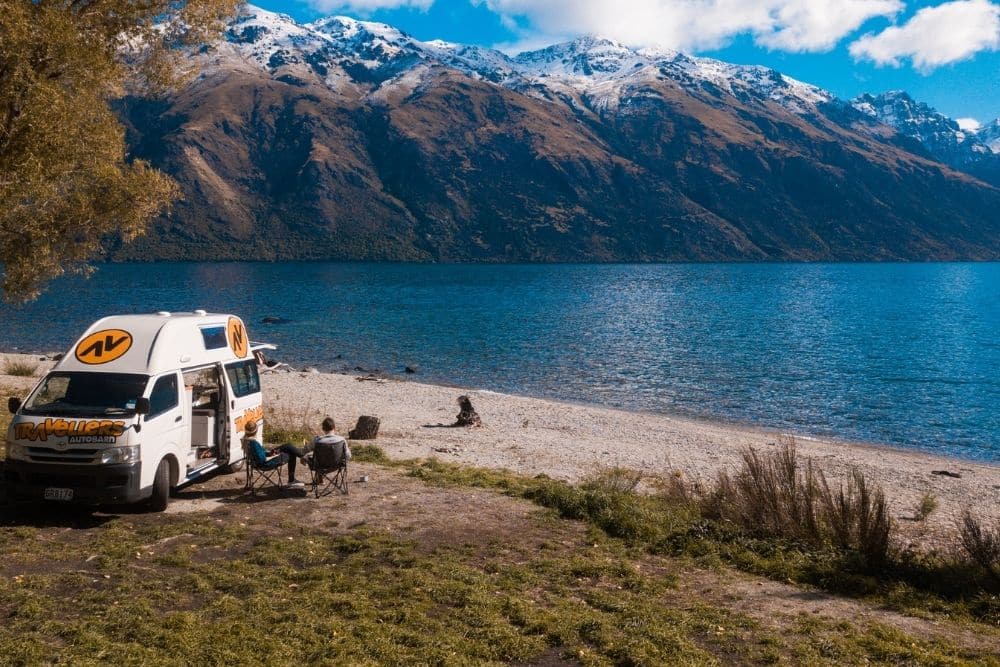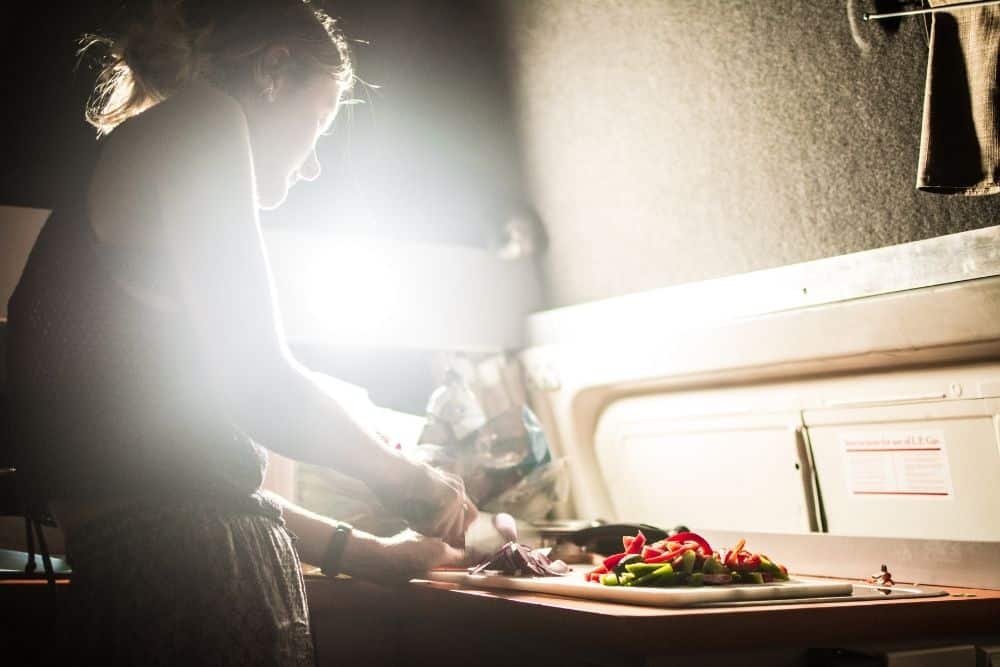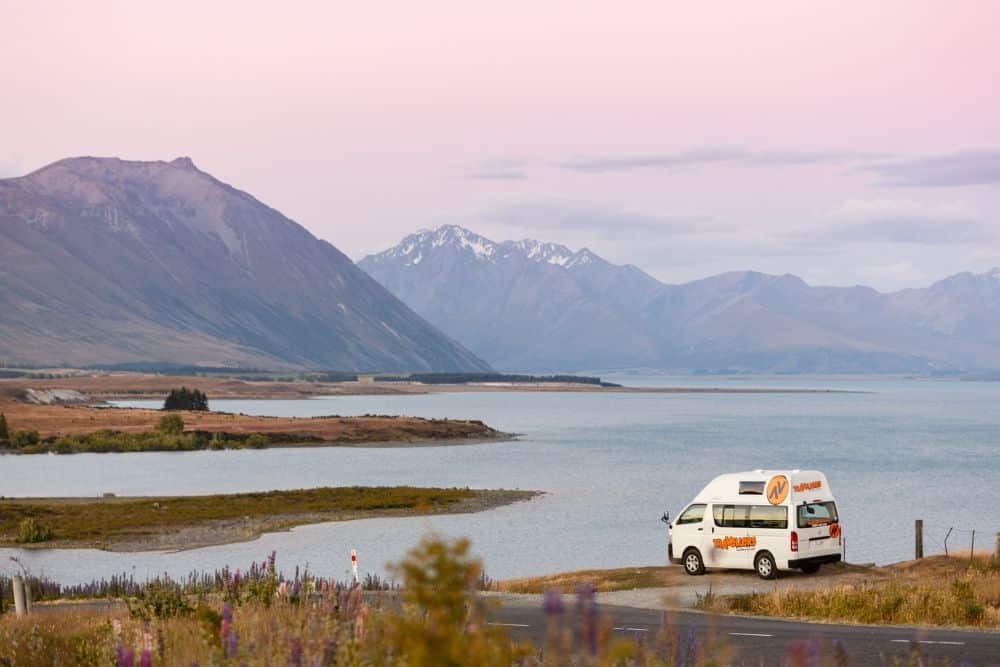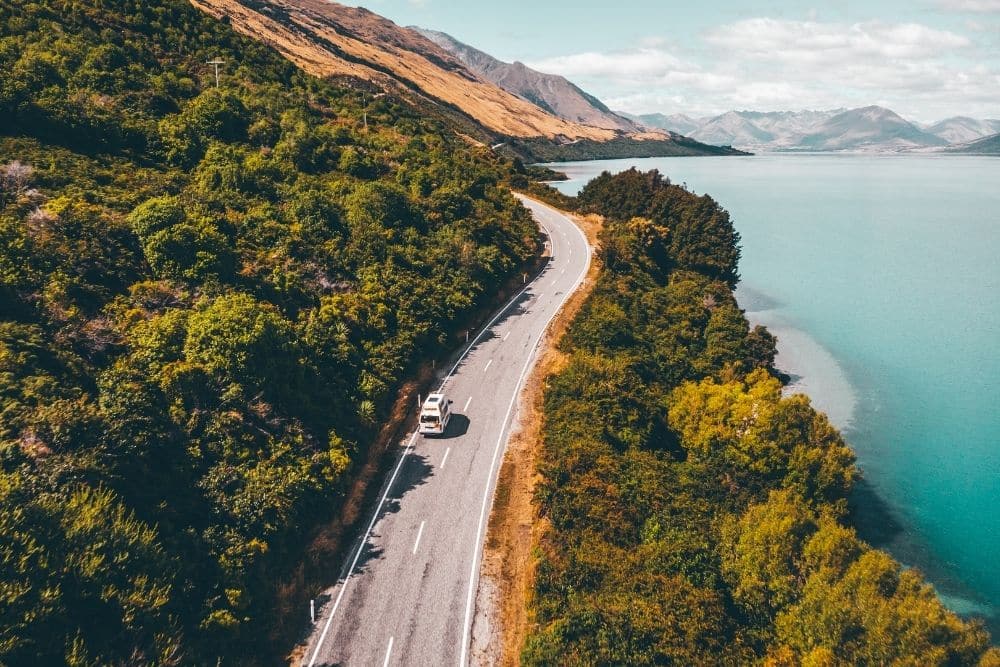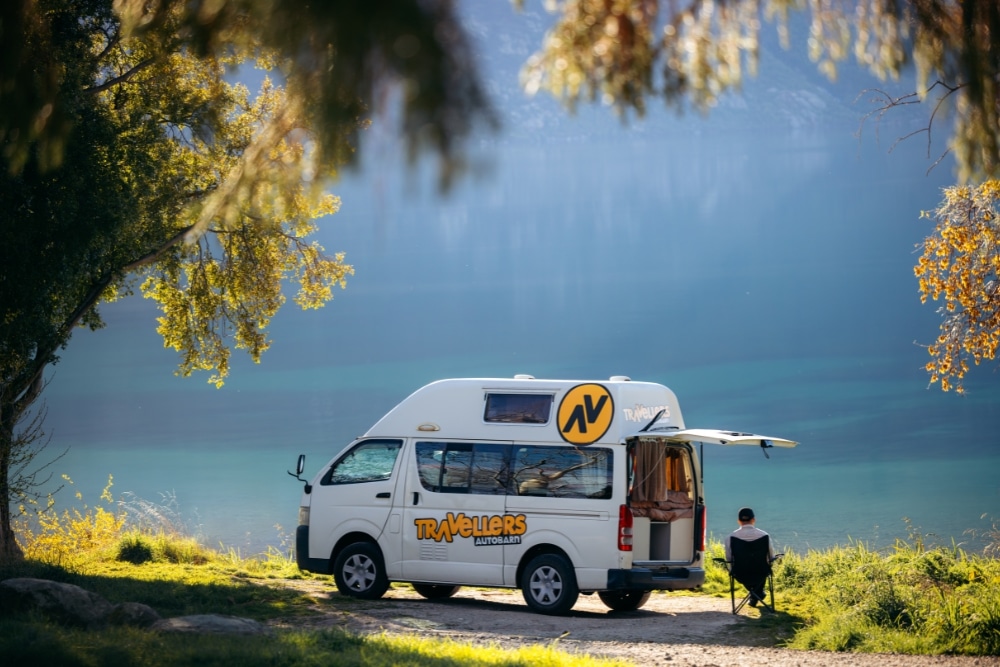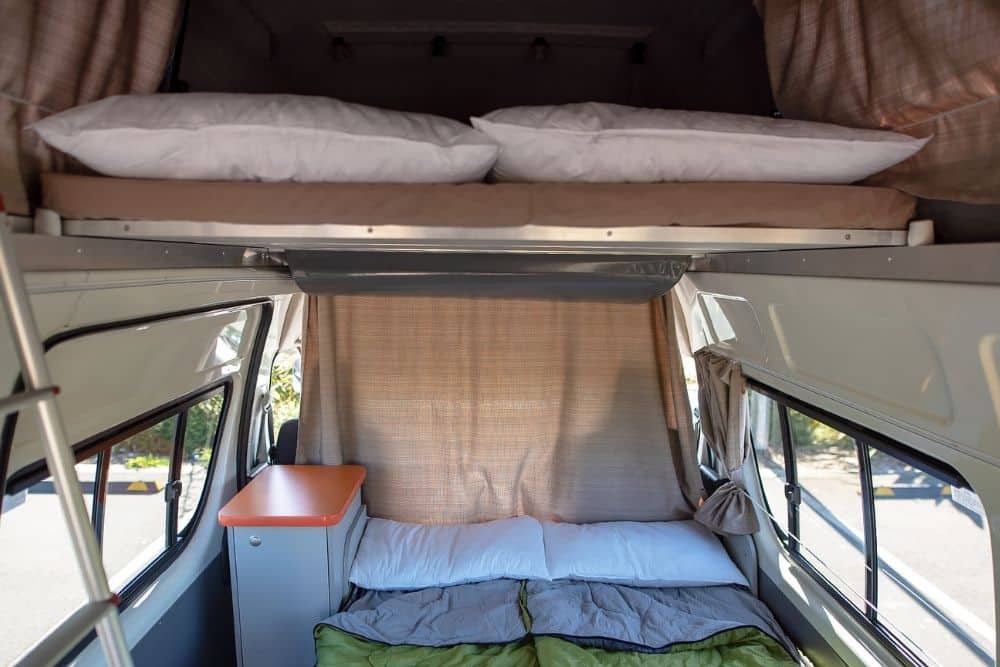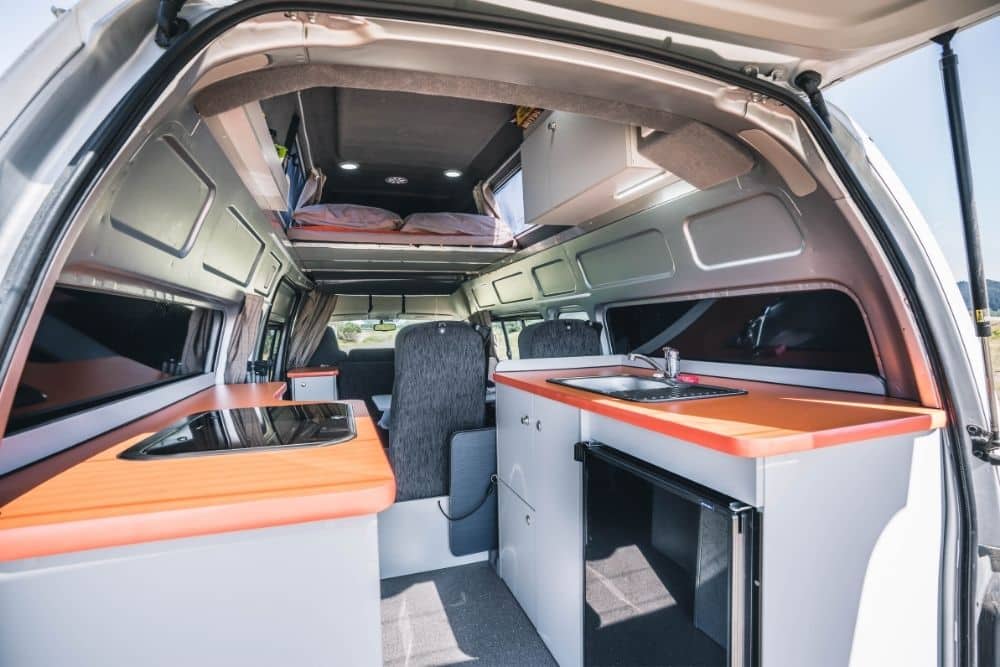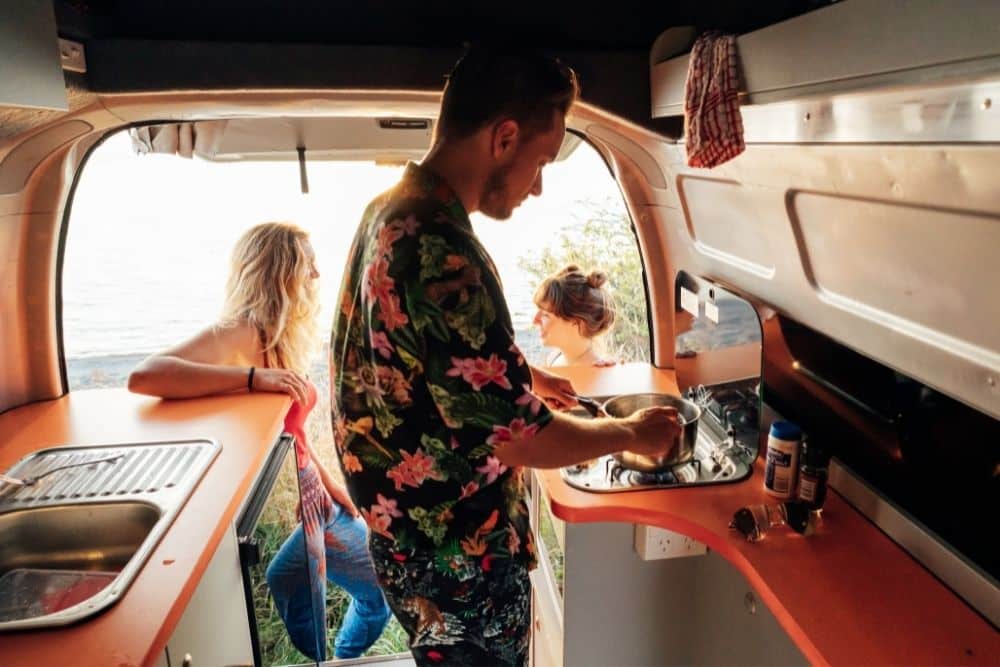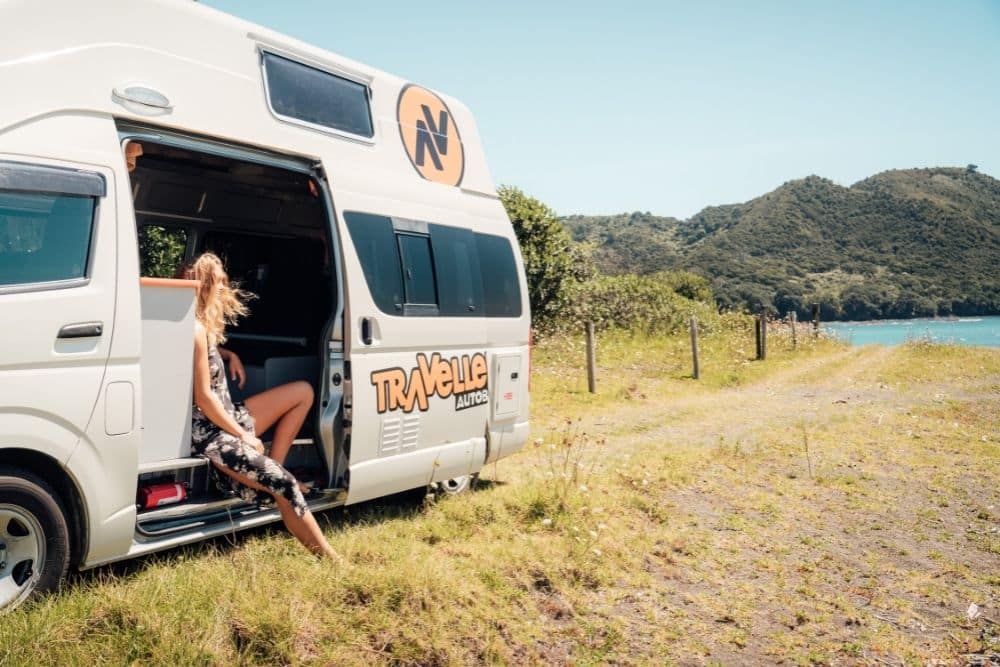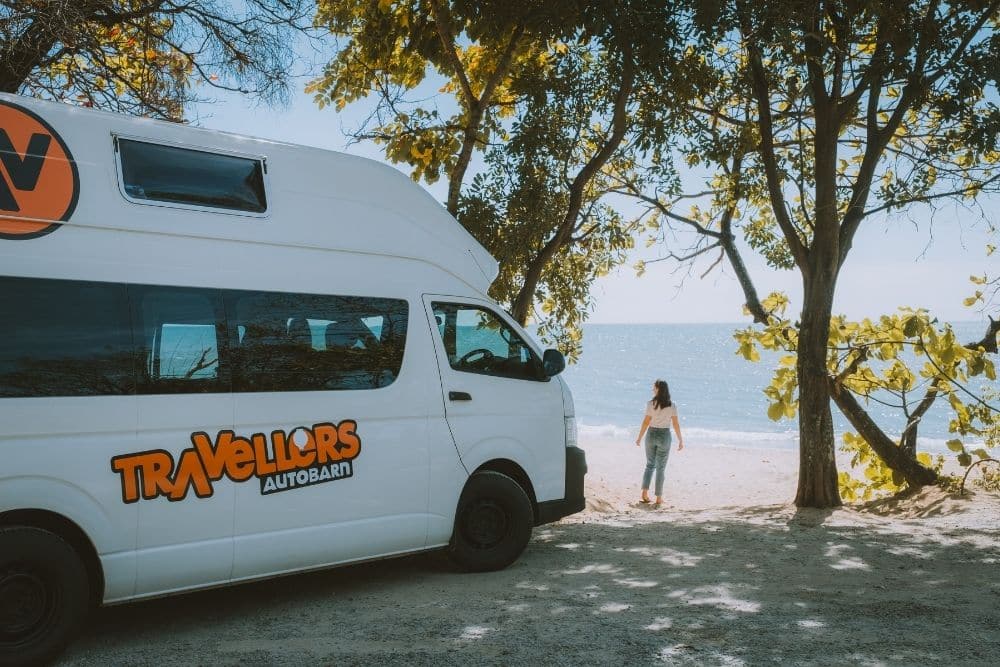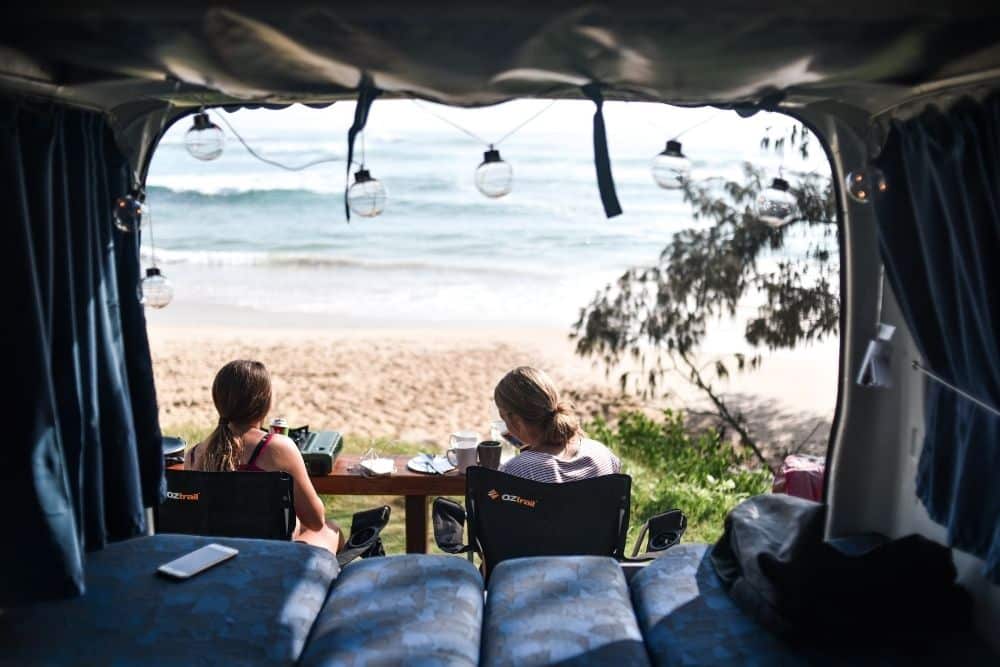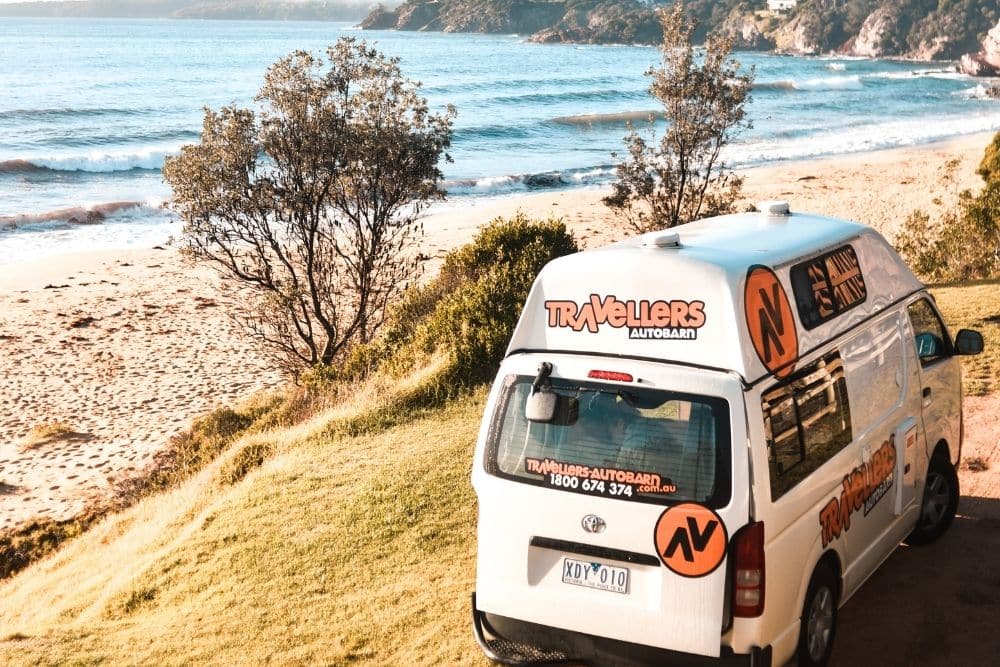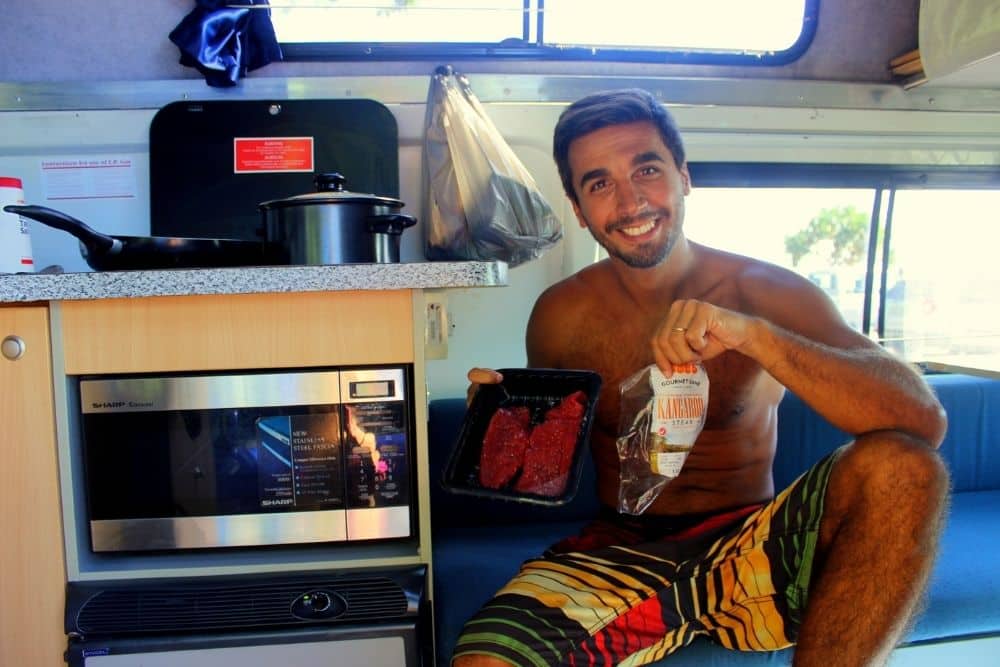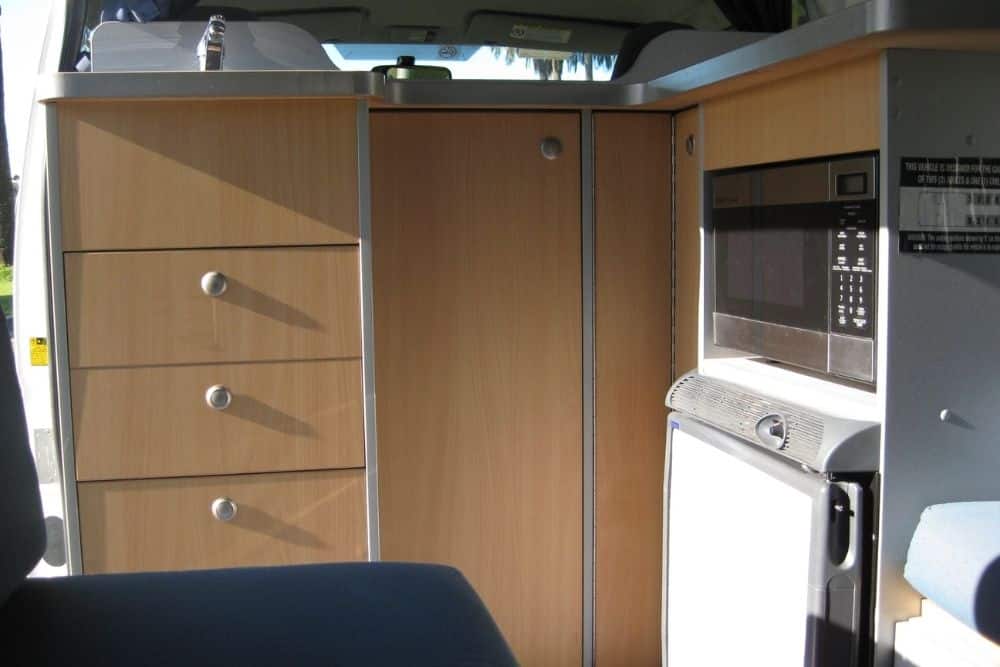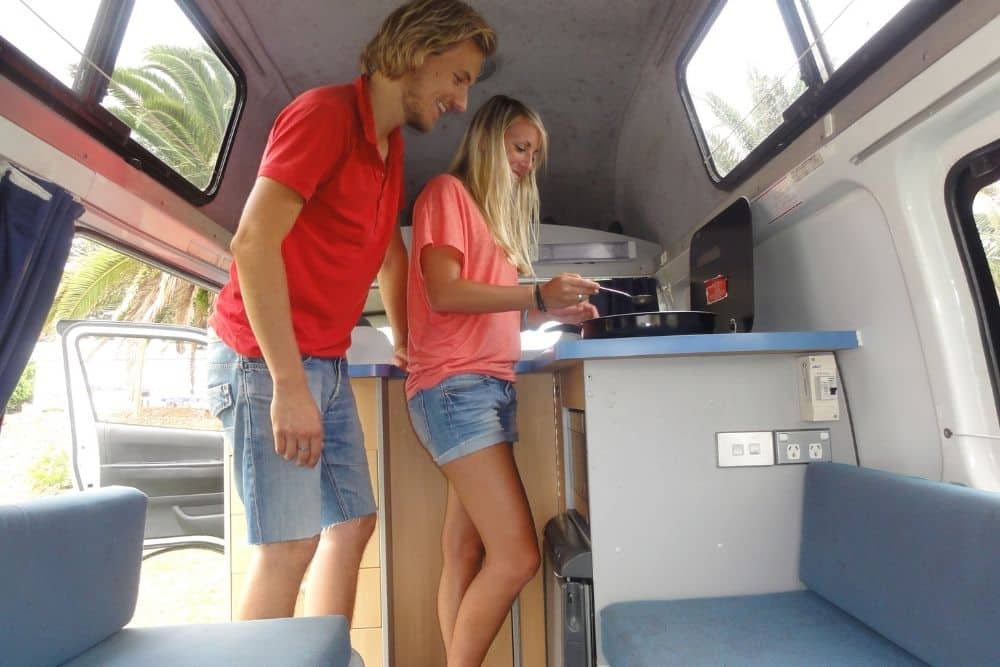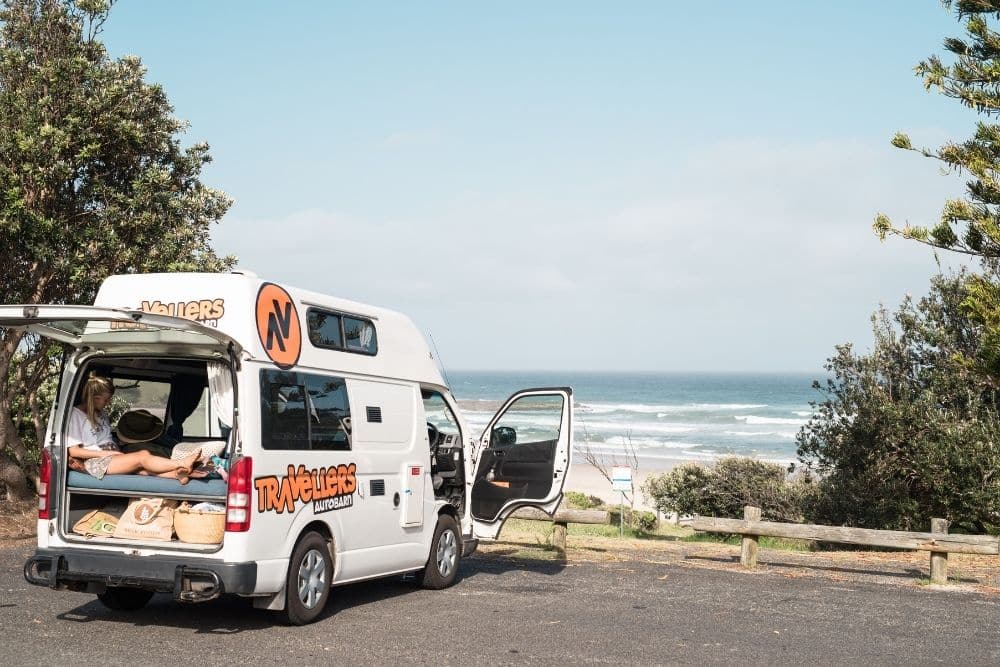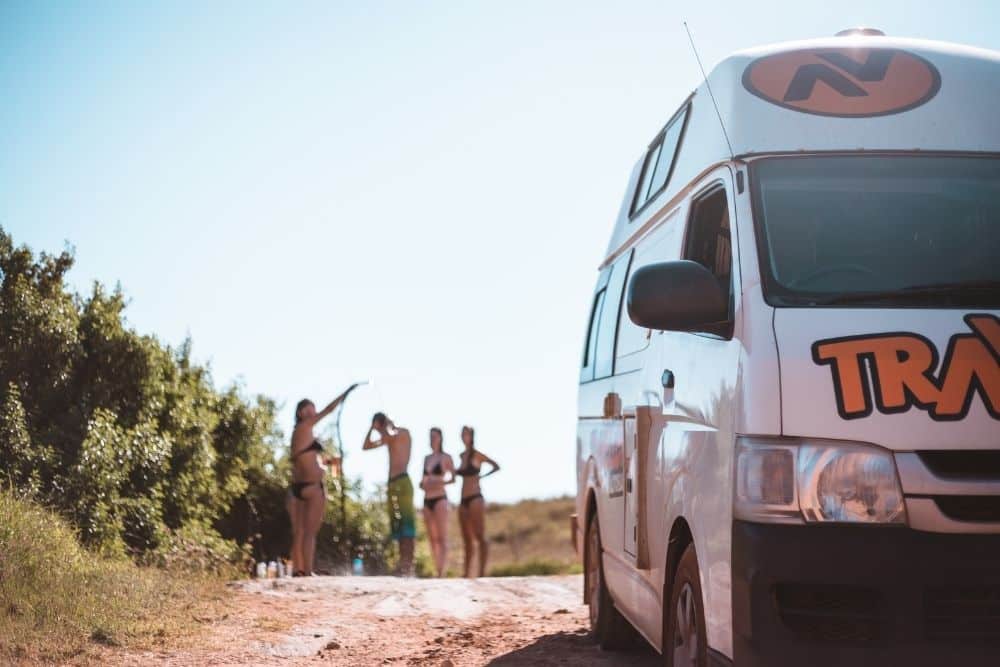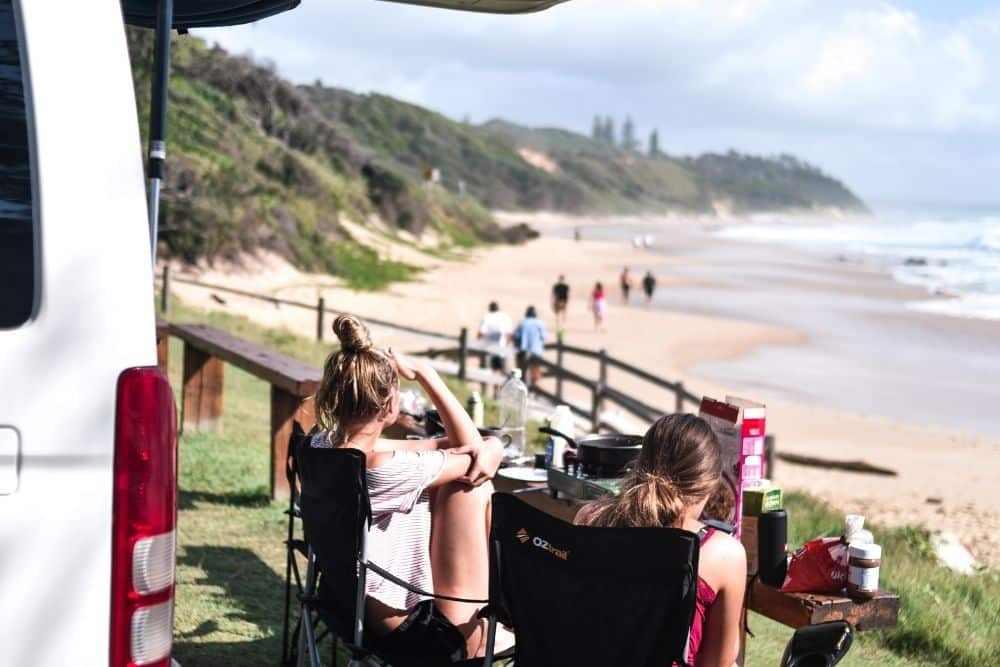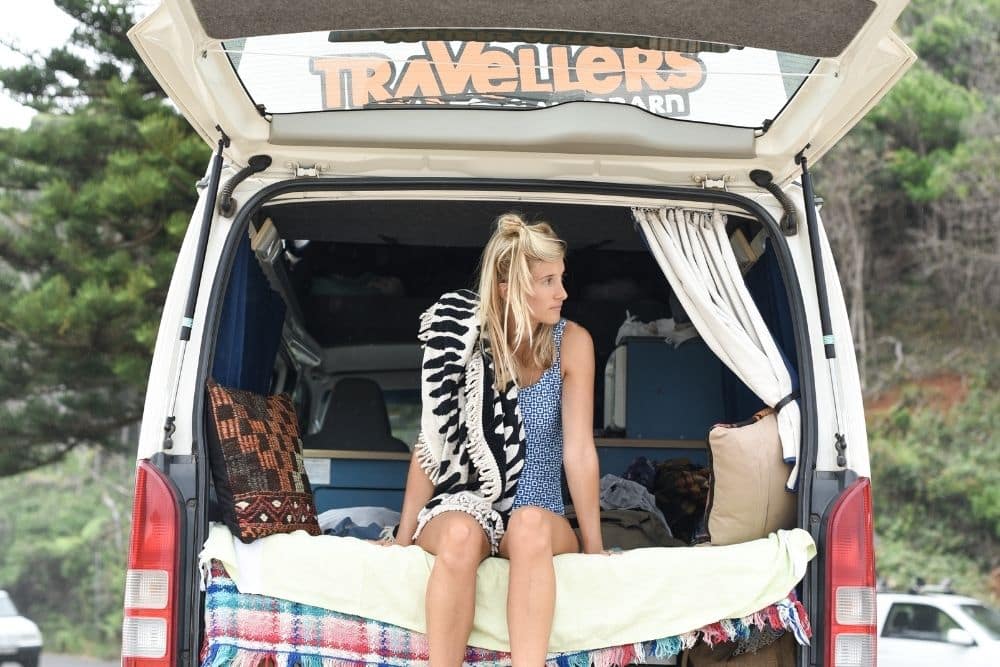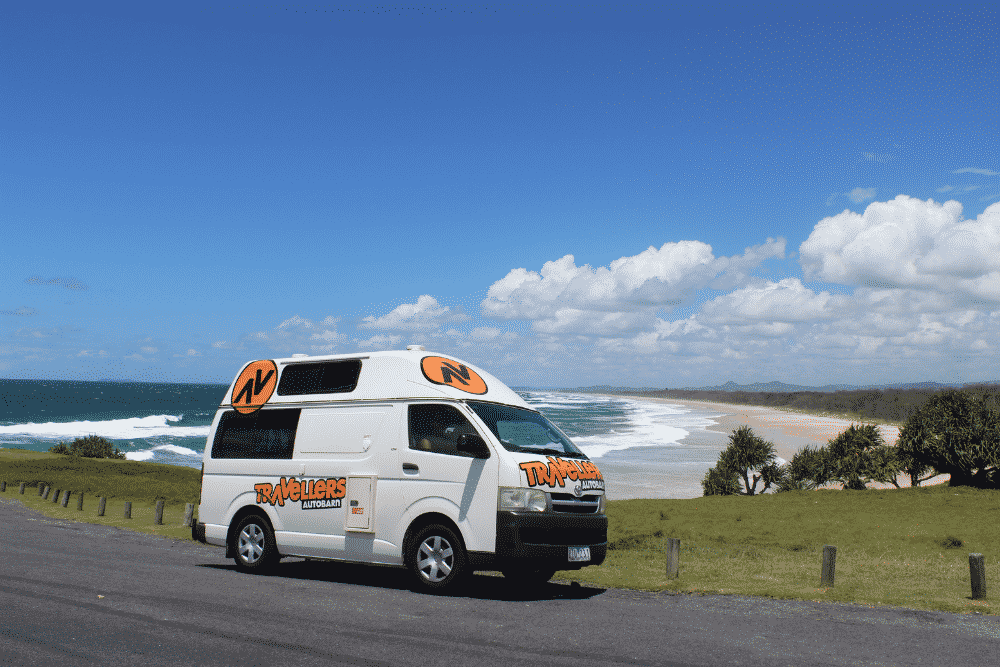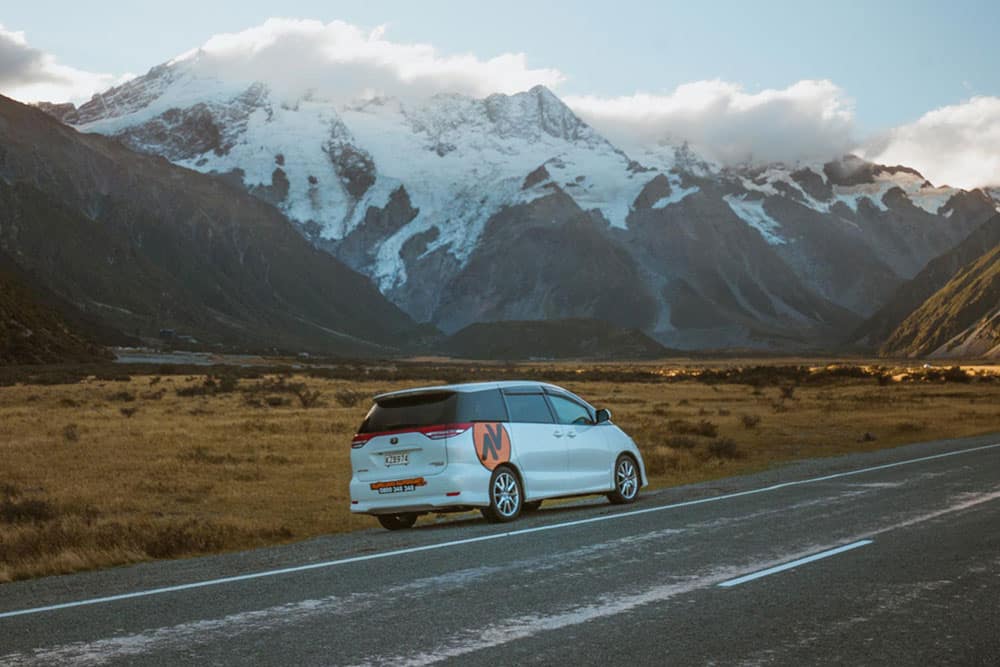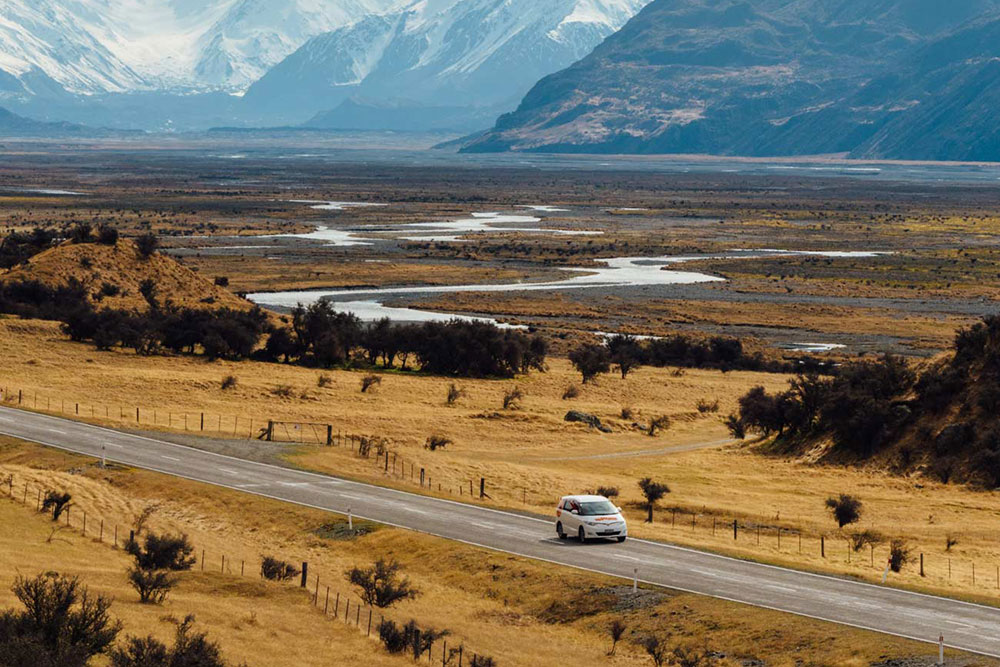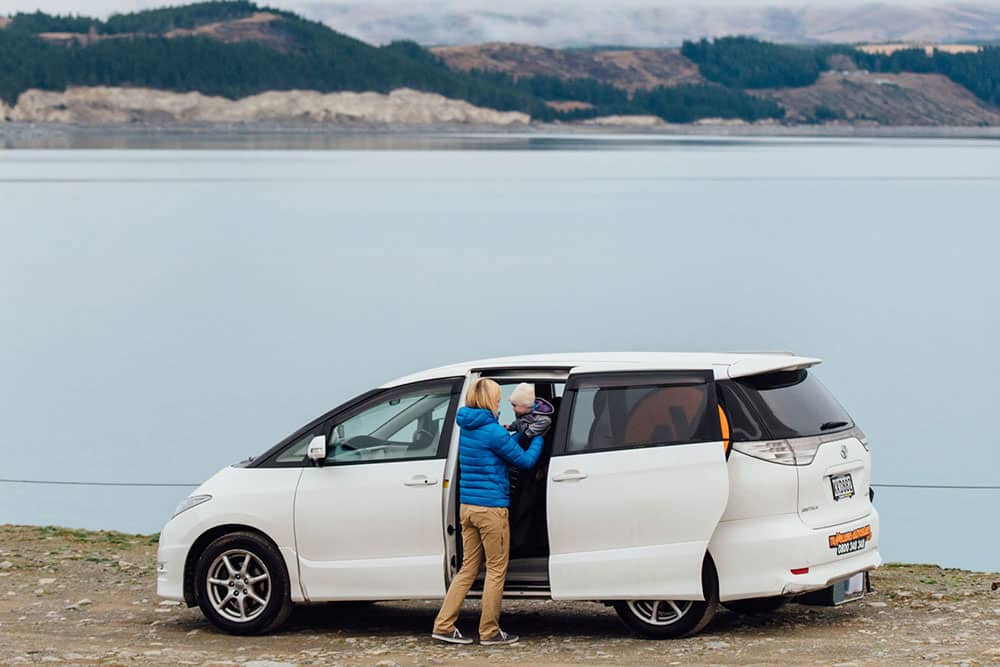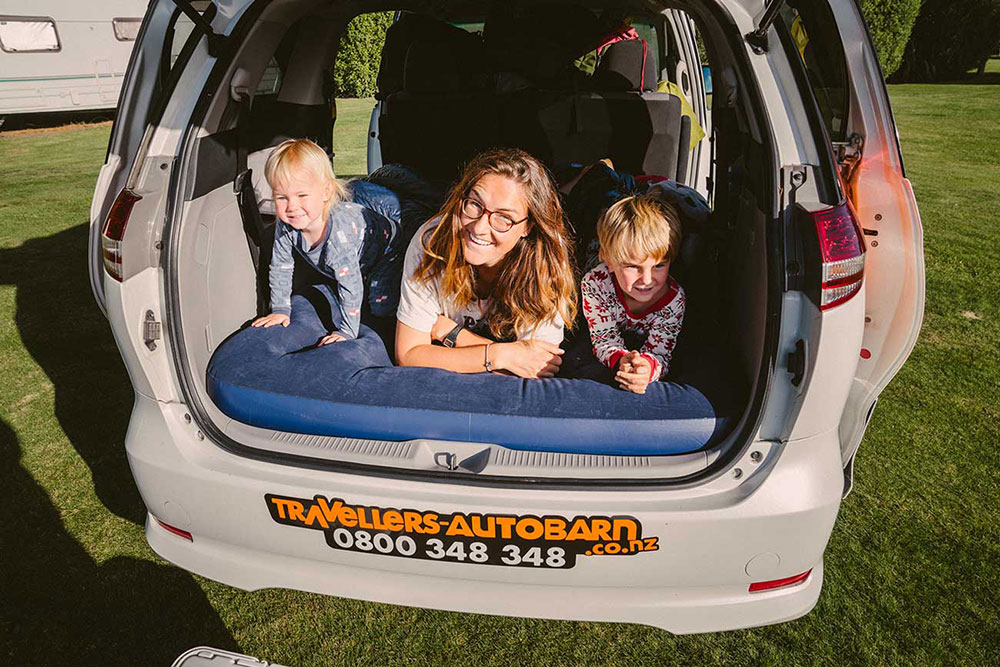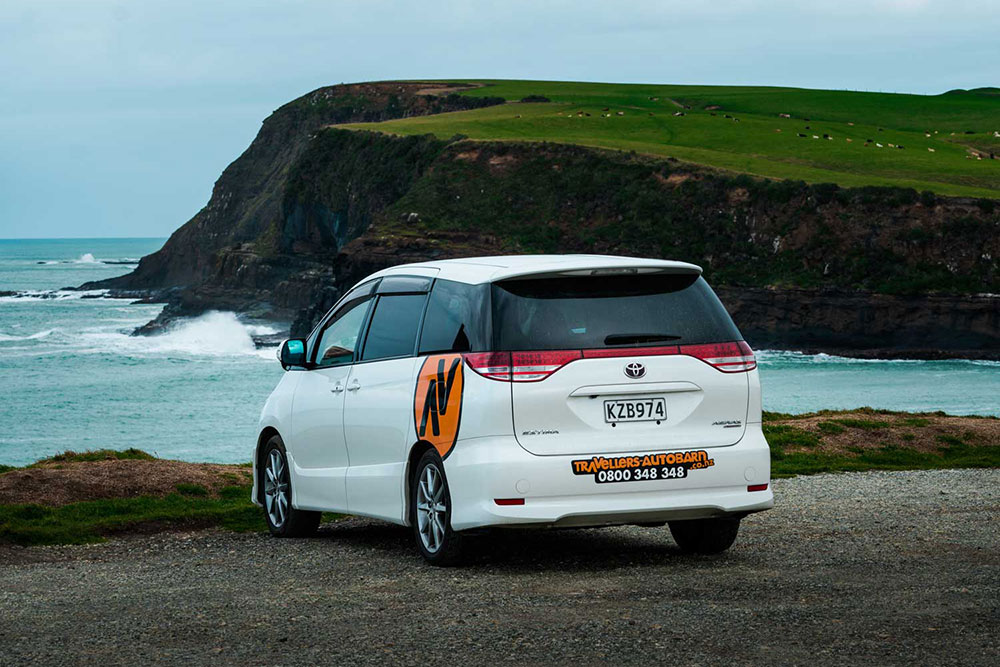Like Iceland’s idiosyncratic, breathtaking, almost untouched beauty, so, too, are New Zealand’s natural terrains, developed in relatively secluded circumstances, tended by the indigenous Māori who know well the shape of its wild, looming mountains; decadent, steamy hot springs cropping out in surprising formations; and unbelievably diverse creatures.
It’s a truly a other-worldly kind of beauty that can only really be explained by experiencing.
Like Iceland’s idiosyncratic, breathtaking, almost untouched beauty, so, too, are New Zealand’s natural terrains, developed in relatively secluded circumstances, tended by the indigenous Māori who know well the shape of its wild, looming mountains; decadent, steamy hot springs cropping out in surprising formations; and unbelievably diverse creatures.
It’s truly an other-worldly kind of beauty that can only really be explained by experience.
Today, one of the best ways to truly experience this incredible landscape and partake in its undeniable beauty, doing every moment justice, is to pack your bags, pack a campervan, pack the dogs, pack the kids — put your life on a brief pause! — and commit to a long journey through New Zealand’s North Island.
If you’re a believer of bucket lists and a hoarder of stunning landscapes that are quiet but larger than life, this is one trip you simply cannot miss.
And since you’re here reading this, we’ll assume that you get it — the North Island is its own adventure and experience. ‘Nuff said, right?
Except that this guide is designed to show you exactly what you need to make your campervan journey across the North Island truly unforgettable — but, like, in a good way.
In this guide, you’ll learn all about:
- Top Tips before You Start Your North Island Adventure
- 5 Best Campgrounds to Stay at in the North Island
- Best National Parks to visit on your North Island Road Trip
- Most Breathtaking Views on your North Island Road Trip
- Most Scenic Routes to Take in the North Island
- Road Trip Itinerary: Auckland to Cape Reinga
- Road Trip Itinerary: Auckland to Wellington
Top Tips before You Start Your North Island Road Trip
When renting a campervan out from Travellers Autobarn, you’ll be protected against any unforeseen issues thanks to 24/7 roadside assistance. Travellers Autobarn also offers one-way rentals which means you don’t need to spend time circling back on your journey — unless you actually want to do a second round.
If you’re renting a campervan and it’s a self-contained unit, check with us to see what is included, so you know any essentials you need to pack. Often, vehicles are outfitted with a standard kitchen with a fridge, microwave, cookers/burners, a sink, and cupboards. Travellers Autobarn do offer a kitchen kit, in our premium living equipment set.
Other items you’ll need to pack and you won’t be able to live without, include:
- Hiking shoes
- Daypack
- Water bottle
- Flask
- Quick dry pants
- Gloves and warm gear
- Merino wool socks and underwear – New Zealand is the land for merino, so you may just pick this up on arrival!
- Your international driver’s license
- A soft bag or backpack – not a big hard suitcase that will be difficult to store
- Adapter plugs
- A torch/flashlight
- CDs for the road
- A beach towel
- Pharmaceuticals (sunscreen, mosquito repellent etc).
Size Matters (and So Do Specs)
When you’re picking out the right campervan for you, you’ll have to consider a few things.
- Think about the size of van and how many people are travelling.
- Consider whether you’re looking for manual or automatic transmission.
- Think about whether or not you plan to cook some meals.
- Consider whether you’ll be planning on bringing extra equipment like bikes.
- How will you be charging your additional equipment? Will you need a campervan that has solar panels or will you pack your own?
These factors will significantly affect the size and model of campervan you’ll be renting out.
Emptying Waste Water
If you’re camping, you’re in luck because most campsites have dump stations. There are also signposts for dump stations posted at other public places like car parks.
If you have a shower, this is also dumped in the same place through a hose that attaches to your van. You’ll need to fill your van back up with water. This is essentially water from your sink and shower and you don’t want to leave it for more than two days as it can get pretty smelly.
Planning for Food and Meals
Depending on the kind of rental you get, you may be able to have most of your meals right out of your campervan. Make sure to pack a few non-perishables to pair with your perishables like eggs, bread, and bacon, along with condiments and oils for cooking.
Bring camp-safe cooking utensils as well, as these are usually easy to clean and store. Remember that you’ll also get to have a few meals out, especially if you’re travelling through major cities like Auckland.
Hire Early If You Plan to Travel During Peak Season
December, January, and February make up the Aussie and Kiwi summer season. If you’re planning to travel from your country to the North Island during these months, make sure to pre-book well in advance because availability for all aspects of road tripping (from flights to campervan rentals) can become scarce.
Traditional verses Freedom Camping
Okay, so you’re in a self-contained unit and that pretty much means that the world is your oyster and the sky is the limit. In other words, you can pitch your proverbial tent (or, in this case, park your campervan) anywhere and you’re good to go.
If you’re a camping enthusiast, there are a couple of options for you:
- Traditional camping: As it sounds, traditional camping is when you pay per night for a site, according to your vehicle size and number of travellers. You’ll have access to a terminal and you can recharge your campervan, dump out your waste water, and fill your tank with fresh water.
- DOC Campgrounds: These are sites managed by the Department of Conservation, which are quite basic but special, as they’re usually located near lakes, rivers, oceans or in beautiful forests. They’re quite popular so try and book ahead.
- Freedom Camping: If you’re in self-contained vehicle, with a toilet and shower, you can camp pretty much anywhere in the countryside. However, you must comply with any rules of the area and leave no trace that you were there.
- Okay2Stay: This is a membership network like Native Parks that allows you to access a private network of farms, vineyards and orchards all over New Zealand, get to know the locals, stay in a safe place, and park on these properties for free. You can get off the tourist trail and gain access to the local experience. If this is something you’re interested in, consider an Okay2Stay membership.
Once you’ve got all the basics covered, it’s now time to set off on your New Zealand adventure. Next up are our recommended road trips, to make sure you don’t miss out on all the best spots!
Top 5 Best Campgrounds to Stay at on your North Island Road Trip
Picking the best campsites in the North Island can be difficult, there are a lot to choose from and how do you know you’re picking the right one? Well we’ve selected our top 5 campground, starting in the North and heading to the South of the North Island, make sure to visit tem all, each with their own benefits.
1. Tom Bowling Bay Campgrounds at North Cape
Located at the very left hand tip of the North Island, 6 hours north of Auckland. Known to have the best beach breaks on a sandy beach. This is an isolated and remote camp spot, so if you’re looking for tranquility and to get away from the crowds, then come and explore. North Cape in general makes for a great fishing trip and there are some stunning drives that will take your breath away on every bend.
2. Waikahoa Bay Campsite at Mimiwhangata
Mimiwhangata, is home to one of the most beautiful campgrounds in New Zealand, Waikahoa Bay Campsite. Situated beachfront means you’ll wake up listening to the sea and fall asleep listening to the wildlife. Expect to be off the grid here, there is no phone reception and you are far from “normal life” being 3 hours north of Auckland. With great watersports options, you’ll be spoilt for choice with activities on and off land. Make sure to include this campsite when you’re heading north, as it’s the perfect place to relax and unwind.
3. Blue Lake Top 10 Holiday Park at Rotorua
10 min drive from Rotorua, alongside the clear waters of The Blue Lake (Lake Tikitapu) and surrounded by native bush. Blue Lake Top 10 is lucky enough to not get the infamous sulphur smell that Rotorua is so famous for. Rotorua is home to over 15 beautiful lakes, so make sure to stay at this campground if you want to road trip to the lakes and explore the local area.
4. Red Rocks near Wellington
Located on the south coast of the North Island, between Owhiro Bay and Sinclair Head, very close to Wellington. Red Rocks would be a great final freedom camping spot to enjoy before you embarked to the South Island. Being an ancient volcanic location, you will find some unusual rock formations here. There are unsealed roads as well making it unsuitable for two-wheel drive (2WD) vehicles, so be smart if you decide to visit this magical spot. There are many coastal walks all around Red Rock, be sure to dust your hiking boots off for this destination.
5. Evans Bay Marina Self-Contained Camping in Wellington
Located in Wellington, this is a freedom camping spot for self-contained vehicles. With stunning views over Wellington harbor and only 20 minutes drive from the ferry terminals, this is another good spot to visit before heading to the South Island. This isn’t your tranquil camping area like the others, but rather a perfect spot so you can enjoy Wellington’s nightlife and get ready for your next adventure.
For natural beauty and a true New Zealand experience, make sure to visit our top 5 campgrounds while on your road trip in the North Island!
The Best National Parks to Visit on your North Island Road Trip
Besides the stress-free perks of the unlimited kilometres on our campervans, one of the biggest reasons why travellers choose Travellers Autobarn is our self-contained vehicles themselves.
Since the terrain is often rugged and is unique enough to justify a multi-day trip, your campervan will act as the perfect camping solution, a basecamp where you can return to at the end of each day.
With this in mind, we’ve put together a list of the best national parks in the North Island so that you can take full advantage of camping and caravanning through the wilds of New Zealand.
Keep in mind that, even though national parks in the North Island are easier to access than the South Island, you’ll still need to make sure you’re well-equipped for the terrain and the climate.
Make sure to the check the Department of Conservation website for up-to-date information on track conditions, safety, and preparing for each park’s unique aspects.
Te Urewera National Park
Guarded and tended by the Māori tribe Tuhoe (or “Children of the Mist”), Te Urewara is one of New Zealand’s largest native bush. While the name translates to “Burnt Penis,” from an old legend about a Māori chief who fell asleep too close to the fire and ended up burning his genitalia, the rest of the park is serious, sombre, and rather stunning.
At the heart of Te Urewara is the mysterious, star-shaped Lake Waikaremoana, surrounded by impossibly thick and lush rainforest. There is a sense of hushed history here at Te Urewara, an expanse that demands that you walk to explore its rugged, somewhat untouched landscape. Nature walks include a quick, 20-minute trip to the sparkling, secluded Aniwaniwa Falls to an intense 3-day journey around Lake Waikaremoana, one of New Zealand’s nine Great Walks.
Whanganui National Park
Home to New Zealand’s longest navigable river, the Whanganui, to the south (with the Taumarunui to the north), Whanhanui National Park is a treasure trove of epic gorges, vast mountains, deep valleys, strange, mudstone cliffs and pristine, ancient forest.
Hidden amidst this native forest is a story of Māori history and encounters with the first European settlers, whose only remains is the mysterious and iconic Bridge to Nowhere. You can undertake several water activities here, including canoe safari, jet boat rides, as well as hunting pigs, goats, and fallow deer — with the right permits, of course.
Egmont National Park
Every national park worth its salt has mountains in the multiples. But none look quite like Mount Egmont, which is an almost amusing and deliberately-looking cone-shaped formation. Also known as Mount Taranaki, this mountain is actually an active stratovolcano, which explains its rather symmetrical funnel-like shape (rather like its doppleganger, Mount Fuji).
To add to its rather people-friendly reputation, Mount Egmont is also quite accessible for less-experienced climbers, which explains why it is New Zealand’s most climbed mountain. Another interesting thing to Egmont National Park is the stark division in climates — while the surrounding flat forest land is lush, mild, and nearly coastal in character, the climb towards the peak of Mount Egmont pushes you increasingly into a cold and bleak, snow-covered hinterland.
The interesting volcanic activity has made for a rather diverse landscape, however, and you’ll find plenty of waterfalls, wetlands, a small club ski area and walks like the Kamahi Walk, which is a journey through twisted and gnarled trees and overhanging ferns.
Tongariro National Park
According to Māori legend, Tongariro has quite a mythical connection with Taranaki, as the two figures ‘battled’ for the attention and affections of the beautiful Pihana, another volcanic mountain peak in the region. Formidable as he was, Tongariro won that one. He is the oldest national park in New Zealand and the only one to have gained Dual World Heritage Status.
You’ll see for yourself when you arrive that this remote and rather majestic landscape is raw, extreme, real, and utterly breathtaking in its beauty. This is mostly thanks to three active volcanoes, Ruapehu, Tongariro, and Ngauruhoe, which create lava flows, craters, hot springs, snowfields, tussock lands, and forests absolutely ripe for a multiple-day excursion and exploration. If the cones look familiar to you, by the way, they are — Peter Jackson used these peaks as the iconic Mount Doom in the Lord of the Rings franchise. Besides trekking to the various filming locations, you can also ski and snowboard, canoe, whitewater raft, bike, fish, and swim.
Most Breathtaking Views in the North Island
These are the spots around New Zealand’s North Island that simply cannot be missed. Not all are directly accessible by either car or campervan, of course. You’ll have to park nearby and hike, cycle, or walk to these spots. However, the views and experience are more than worth the effort. Just make sure to pack your camera as well!
Cape Regina Lighthouse
Imagine a lone lighthouse, standing tall against the sea. That is the Cape Regina Lighthouse. If you’re looking for a view where the Tasman Sea meets the vastness of the Pacific Ocean, head to this secluded spot, which is as far north on the mainland as you can go.
Pouakai Tarns
This is the perfect place to view majesty of Mount Taranaki, also known as Mount Egmont. Count on taking a 2.5 hour hike to the tarns, however, to be able to capture the view. You can also stay at Pouakai Hut, and then visit the tarns at sunrise, just a 15-minute walk away.
Emerald Lakes on the Tongariro Crossing
If you’re planning to capture the Emerald Lakes, you’ll need to pack your gear with you because the best way to actually photograph their stunning colours is when you’re far enough away from the pools. This means that you’ll be stopping, every so often, on the 20-kilometre path of the Tongariro circuit and crossing to set up a shot, before moving onwards.
Mount Maunganui Summit
The Mount, as the locals know it, is a 45-minute hike along the eastern coast of Tauranga, close to the airport. It’s worth the climb, however, because once you reach the summit, you’ll be met by a sweeping, panoramic view, with small islands dotting the waters and crescent-shaped capes as far as the eye can see. And this is to say nothing of the sunning beachfront properties below and an elevation that puts you eye to eye with the setting sun.
Cathedral Cove
Just a few hours form Auckland is the popular Cathedral Cove, located on the east coast of the Coromandel region, close to Hahei. Before you actually get to the iconic (and often crowded) cove, you’ll undertake a 30 to 45 minute walk to the beach along a fantastic wooden staircase and winding boardwalk. Once here, the outcropping and enveloping caves will help you understand why it’s called ‘Cathedral’ Cove.
Most Scenic Routes to Take in the North Island
Thermal Explorer Highway
If you’re hankering for a journey that will take you into the heart of the North Island, take the route known as the “Thermal Explorer Highway.” From Auckland, travel south to rolling green hills of Waikato to Hamilton, visiting its thriving botanic gardens or witness the history and culture of New Zealand at the Waikato Museum.
From here, head to Rotorua, full of bubbling mud pools, geysers and hot springs. You’ll be able to take a dip at the Polynesian Spa and experience a night of Māori culture, through storytelling.
Auckland Central to Piha
Next on the itinerary is your chance to discover to the renowned Island of Wine. Travelling from Auckland along the west coast to Waiheke Island, which is known for its vineyards beaches and artists’ studios. Waiheke Island is truly all about that island life, lined by picturesque beaches.
The pace of life here is a little different: it’s all about the vineyards, the sailing, and the beaches. You can enjoy a breadth of activities here, including wine tours, art studio visits, or just basking in the sun on a beach. You can also undertake zip lining, archery, sea kayaking, horse riding and golf.
Surf Highway 45
Starting from the beaches of New Plymouth, Surf Highway 45 is a spectacular route that runs along Taranaki’s coast. Besides 180 degrees of clean swells, you can also explore Egmont National Park. From here, head to Oakura, which boasts even more waves for surfers who are just learning to surf, as well as bird-watching for enthusiasts. You’ll also be able to wander the Oakura Arts Trail, lined with artists’ studios, jewellers, and craft artisans.
Auckland to Waitomo Caves
The trip from Auckland to Waitomo Caves is a four-day journey that begins in Auckland, with a two-hour drive to Rotorua. Along the way, you can visit Matamata for a tour through the Hobbiton Movie Set.
Rotorua is the place you want to go when you’re looking to explore the geothermal areas, explosive geysers, and volcanic activity. You can also go mountain biking, zorbing, or shweeping. Finish your trip at the Waitomo Caves in Taupo for a truly magical boat ride that takes you through the vast system of caves that are alight with glow worms.
Twin Coast Discovery Highway
This is a five-day trip that takes you from Auckland to Bay of Islands and Hokianga. Though the total drive time is only around 10 hours and 15 minutes, you’ll be able to tour both coastlines of New Zealand’s warmest region and explore some of the regions’ many cycle trails — including the majestic Tane Mahuta, a famous Kauri Tree at the Waipoua Forest.
Continue on to the rugged and Ninety Mile Beach at Doubtless Bay. Once there, head through to Kerikeri, which is bordered by orchards, roadside stalls, galleries, cafes, and vineyards. You can also go on a dolphin swimming safari and the visit the historic Treaty House at Waitangi, which marks the beginning of New Zealand as a nation.
Road Trip Itinerary: North of the North Island
11 Day Road Trip: Auckland to Cape Reinga
Well, if your going to the North Island you may as well go as far North as possible, right? Our North of the North Island road trip will take you right there, stopping at some of the most remote places in New Zealand. Tick this one off your bucket list!
Day 1: Auckland to Shelly Beach
Approximately 1 hour north of Auckland, this little seaside destination is remote and quiet. With kayak day tours, perfect hiking tracks and beaches all around. If you’re into a spot of golf, then you will find a dune golf course only 14km away. Whangapoua Beach is well worth a visit too, only 12km away. This little gem is the perfect spot to rewind and relax.
Day 2-3: Shelly Beach to Snells Beach
From one beach to another, Snells is well worth a stop over, only 1 hour 15 minutes west of Shelly Beach. A great place to go diving and horse riding. Here you’ll get more activities and diversity. Make sure to visit Parry Kauri Park, only 2km from Snells Beach, there are lots of forest walks and viewing platforms. It’s a very peaceful, tranquil place, especially when the birds are tweeting. Ransom winery is only 3km away as well, so stop in for a taster of New Zealand vino.
Day 4-5: Snells Beach to Mangawhai Heads
Mangawhai Heads is 1 hour north of Snells Beach, situated between farmland and the Pacific coast. If you are into fishing or diving this is another spot you won’t want to miss. With surfing and harbour views, you will be spoilt for choice when it comes to good views and activities. With the option to even ride a donkey, you won’t get bored here.
Day 6-7: Mangawhai Heads to Paihia
Paihia is just 2 hours north of Mangawhai Heads. It is close to the historic Treaty House at Waitangi Treaty Grounds, this location marks the beginning of New Zealand as a nation. With many hikes to concur, waterfalls to see, sea kayaks to ride and delicious dining options to enjoy, you’ll find this seaside spot irresistible.
Day 8-9: Paihia to Karikari Peninsula
1 hour and 30 minutes from Paihia, Karikari Peninsula has stunning white sands beaches and bays, the ones you only dream about or see in the movies. Situated on a Peninsula, if you hadn’t guessed already, this top destination will make you forget all your worries, if you haven’t already. Take time to chill here and watch the rolling waves before moving to your final spot: Cape Reinga!
Day 10-11: Karikari Peninsula to Cape Reinga (& North Cape’s Surville Cliffs)
Cape Reinga, known to many as the most north tip of the North Island. This spot has over 120,000 visitors a year, so although it’s remote, it might not be quiet. Separating the Tasman Sea (on the west) and the Pacific Ocean (on the east), it’s a magical place that will take your breath away. Although Cape Reinga is thought to be the most northern spot in NZ, it is in fact North Cape’s Surville Cliffs that takes the ‘most northern point’ award. The Cliffs are 30km east of Cape Reinga, the whole area is worth exploring, with many hikes and viewpoints. Make sure to rise for sunrise at least once, it will make you realise just how truly special New Zealand is.
Road Trip Itinerary: Auckland to Wellington
10 Day Road Trip: Auckland to Wellington
Finally, if you’re looking for that ultimate road trip journey, the one that everyone is talking about and you must do while you’re in New Zealand’s North Island, look no further! Auckland to Wellington is an adventure to suit everyone.
Day 1: Auckland City
Based between 2 harbours, there is a lot to explore in this city. From the iconic Sky Tower with sensational views over the city, to the cities oldest park, Auckland Domain. Kayak to Rangitoto, a volcanic island, or visit the world’s largest penguin colony exhibition. There is something for everyone here.
Day 2-3: Auckland to Rotorua
Drive south for 3 hours to Rotorua, where it’s all about hot springs, bubbling mud & stunning geysers. Te Whakarewarewa Geothermal Valley is a must see, otherwise known as the Living Thermal Village. Make sure to visit the Pōhutu geyser, as this geyser was once known as the jewel in the crown of Te Whakarewarewa Thermal Valley.
Day 4-5: Rotorua to Lake Taupo
If you’re in to lakes, then you have to see this one, stunning Lake Taupo. It is in fact the largest lake by surface area in New Zealand. It is in the caldera of the Taupo Volcano, perfect for sailing, kayaking and enjoying some adventure activities on.
Day 6-7: Lake Taupo to Hawke’s Bay
Do you love wine and going to the beach? Silly question? Well you must visit Hawke’s Bay, only 2 hours from Lake Taupo. Where all pleasures come together in one exquisite location! Make sure you enjoy drinks and dinner at West Quay as well, it’s a superb spot to indulge in seafood. Be sure to also discover the Art Deco architecture and gannets of the Hawkes Bay.
Day 8-9: Hawkes Bay to Whanganui
Whanganui is on the west coast of the North Island, home to the oldest city in New Zealand, so well worth the stop. Located at the mouth of the Whanganui River, a perfect location for kayaking or sailing. Make sure to visit Whanganui National Park, which holds very a distinctive landscape of rivers and is covered in lowland forest. If you are looking for a thrill, jet boating here is a lot of fun. Those that want a more relaxing adventure, the National Park is full of hikes and trails.
Day 10: Whanganui to Wellington
The final leg, drive 2 hour 30 mins down to Wellington, the capital of New Zealand. The city has a stunning waterfront promenade, harbour views, sandy beaches and botanical gardens. Otherwise known as “Windy Wellington”, this is a perfect location to end your trip and relax reminiscing about your adventure.
Whatever road trip you decide on, you won’t be disappointed. New Zealand has the ability to take your breath away at every single moment. Here the journey really is the destination.
If you’ve been thinking about visiting New Zealand, make sure to visit the North Island, one of the most breathtaking places on earth. Check out our deals and specials on campervan hire in New Zealand.
For more articles on road trips and campervan adventures in New Zealand, come and check out our Guides.
About the Author
Bastian Graf
Bastian is the Sales & Marketing Manager here at Travellers Autobarn. He holds a Master of Commerce in Marketing and International Business Management, and 20+ years experience in campervan hire, road trips and travel.

